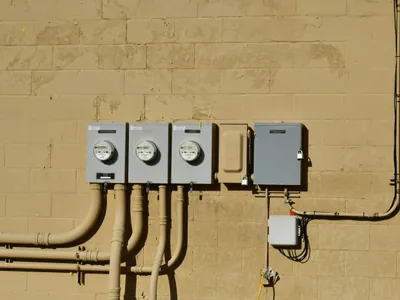Electrical Wire Types: Choosing the Right Wire

When you look at the wiring in your home, you might see a variety of colors and sheathing types. Each type of electrical wire is designed for a specific purpose, and using the right wire for the job is essential for a safe, code-compliant electrical installation. This guide covers some of the most common types of residential wiring.
🏠 Non-Metallic (NM-B) Cable
Also known by the popular brand name "Romex," this is the most common type of wiring found inside modern homes.
💧 Underground Feeder (UF-B) Cable
This is the workhorse for outdoor and underground applications.
🔧 THHN/THWN Wire
These are individual, insulated conductors typically used inside conduit.
🔢 Understanding Wire Gauge (Size)
The size of the wire, or its gauge, determines how much current it can safely carry. The smaller the gauge number, the thicker the wire.
14-Gauge
Used for 15-amp circuits (e.g., standard lighting and outlets).
12-Gauge
Used for 20-amp circuits (e.g., kitchen outlets, bathrooms, and garages).
10-Gauge
Used for 30-amp circuits (e.g., clothes dryers, some water heaters).
6/8-Gauge
Used for high-power appliances like electric ranges and central air conditioners.
Using a wire that is too small for the amperage of the circuit is a serious fire hazard. Always match the wire gauge to the circuit breaker rating.
Choosing the correct wire type and gauge is a critical safety decision. For any new wiring or circuit installation, trust the professionals at The Box Advantage Group to ensure the job is done safely and up to code.


